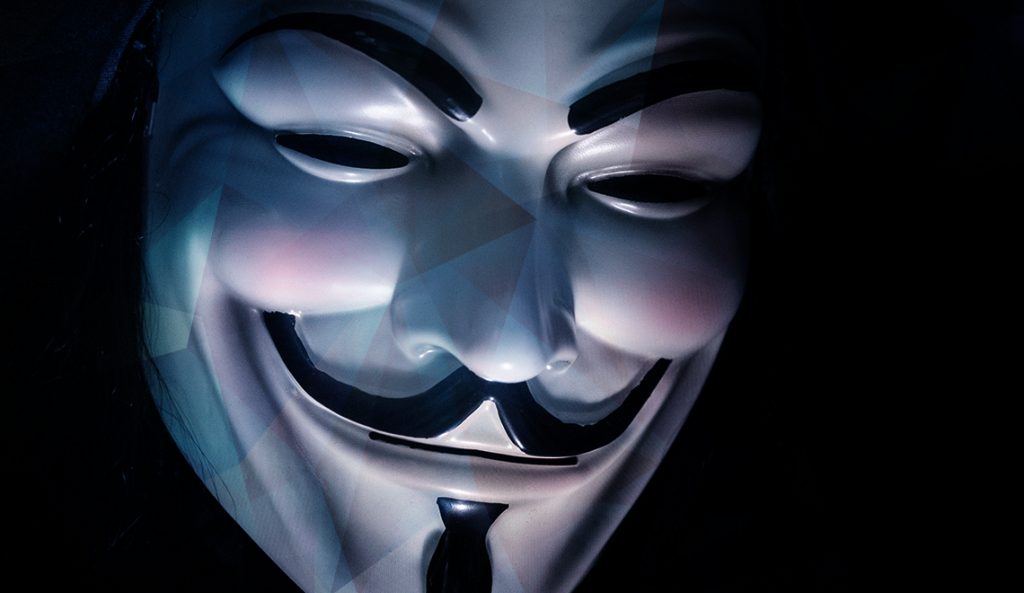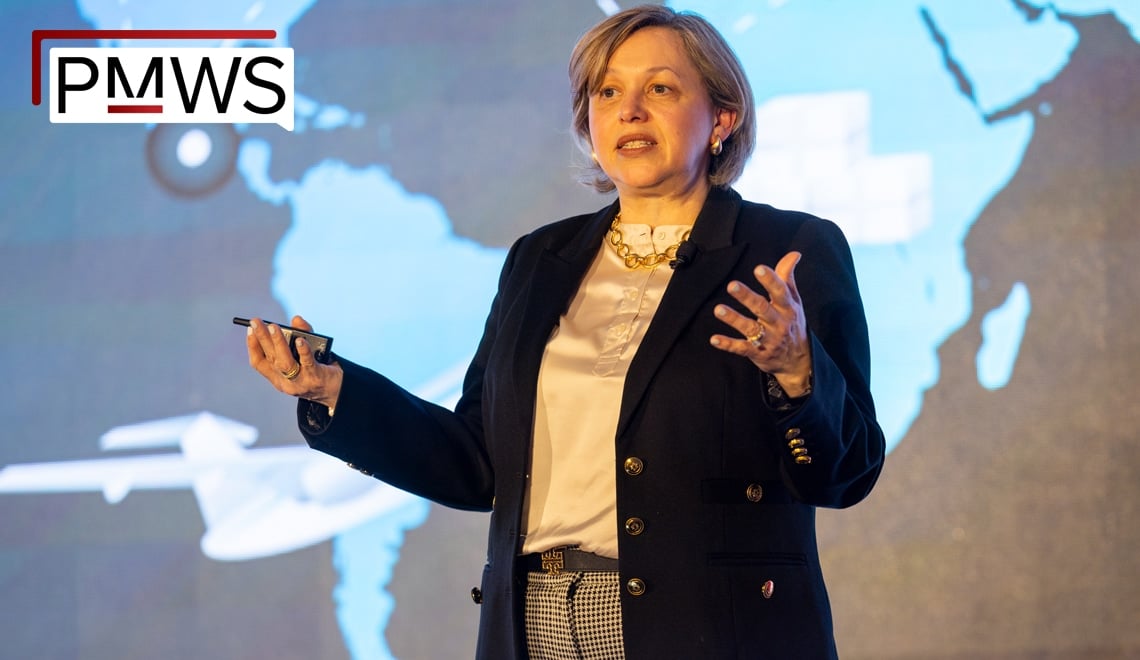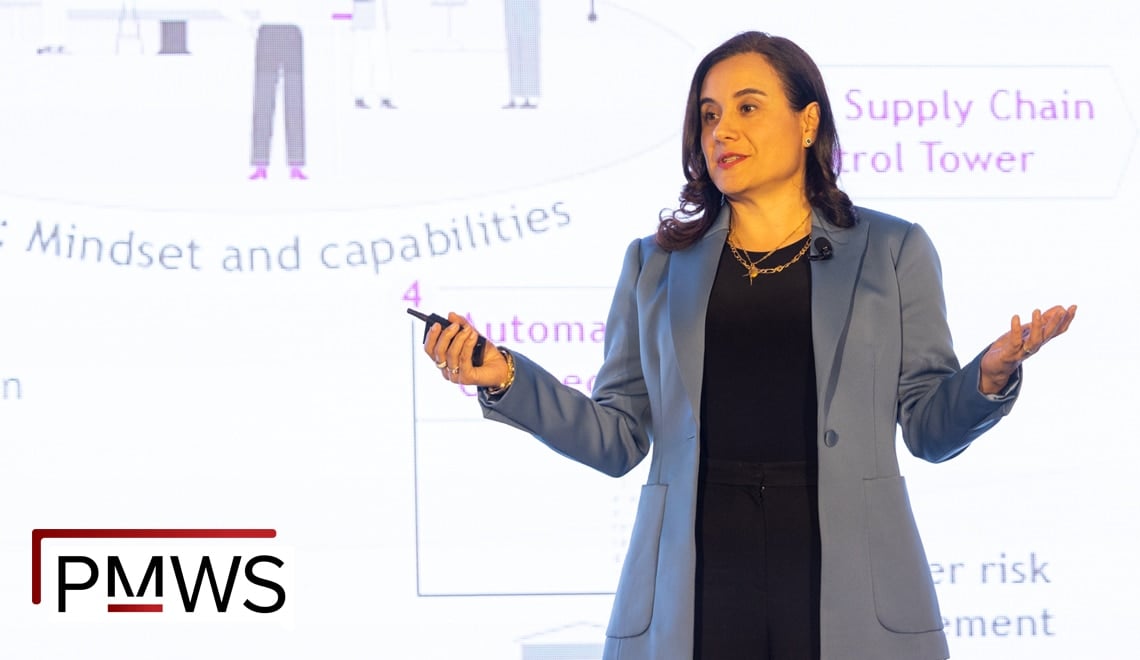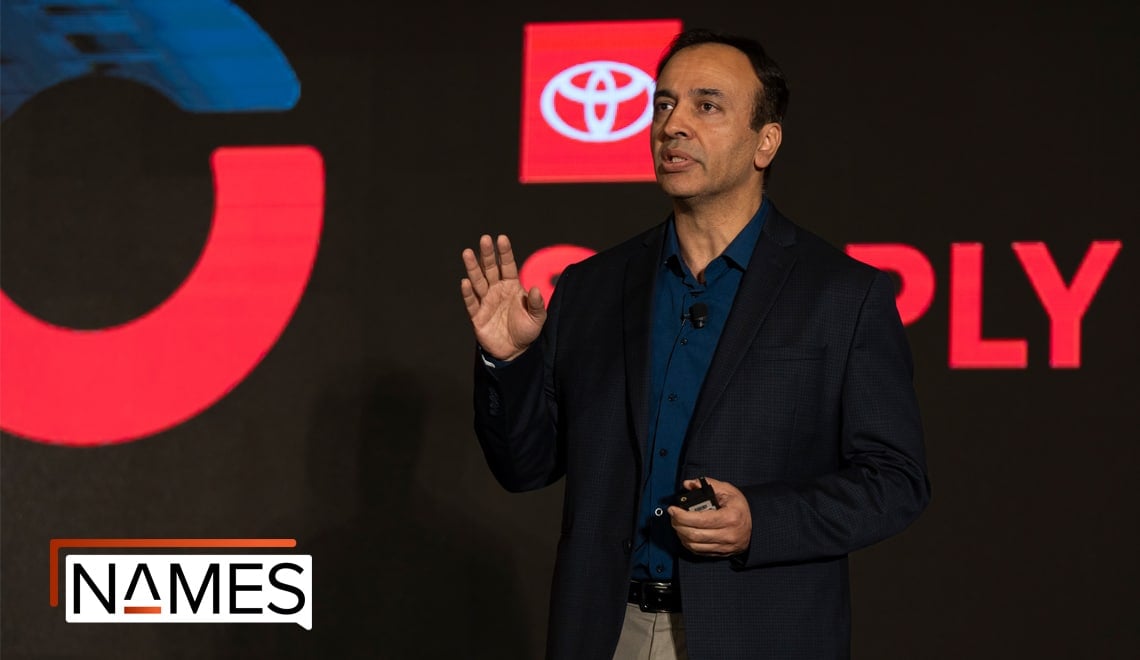
Supply chain crime and cargo thefts often involves an insider threat. With the emergence of IoT technology, supply chains grow more vulnerable to cybercriminals drilling holes within an organization. Smart tech is transforming supply chains, but could it also become a threat?
Cybercrime and IoT Risks

- Maersk and the Frozen Seas – In 2017, Maersk’s container ships and 76 terminals around the world were frozen, with losses up to 300 m USD including IT restoration and operations. This all began when a single employee responded to an email with malware that affected the entire system.
- Uber and the Blackmail Bounty – In 2016, two hackers gained access to 600 000 Uber drivers’ license numbers, and mobile phone numbers of 57 users of the app. They eventually paid the hackers $100 000 to destroy the data.
- Target and the Christmas Credit Card Breach – In 2013, 40 million credit and debit cards were compromised with cybercriminals gaining access to customer names, card numbers, expiration dates and CVV security codes. This lead to a 46% fall in profits in the fourth quarter.
For a more thorough understanding of the threats your brand could be facing:
US cybercrime: Rising risks, reduced readiness – PWC
Understanding the Seven Types of Data Breach – Chief Executive
IoT and Blockchain’s Lovechild:
Hybrid Innovations in Supply Chain

As supply chains grow and become more far reaching, having a control tower monitor and manage resources is necessary for increased visibility on KPIs. These kinds of command centers have made it’s way into hospitals and they are helping resolve patient flow bottlenecks and synchronize care delivery. Here are some examples of how organizations are using IoT and blockchain in their supply chain:
“Your fourth grader can modify a digital form but with blockchain that is prevented.” – IBM’s Stephen Rogers, VP, Blockchain Initiatives for Supply Chain
- Blocking miscommunication and outbreak: IBM saves executives’ time with a shared ledger because there is no need for a back and forth and additional bureaucracy.This is the first step in incorporating blockchain and IoT solutions to an organization before pinpointing more specific uses.
- Geofencing for location based alerts: Uber uses geofencing to show riders the distance and time it takes drivers to arrive. This method also applies for transportation of goods and inventory management.
“[Often] a reoccurring problem could have been avoided if it had been foreseen even two hours earlier- with an Industry 4.0 solution you do have that head’s up.” -Atul Mahamuni, VP IoT and Blockchain Cloud Applications.
- Protecting products from production to inventory: When data is manually collected, machines and people are disconnected, limiting visibility. During manufacturing, a sheet of metal getting jammed in the machines means shutting down the entire production line to take heavy machinery apart and sometimes scrapping the material.
- Want to outsource? Element Analytics is one of many Forbes featured IoT startups helping companies use industrial data to improve production efficiency and quality. They use machine learning modelling for sustainability and reliability insights during their operations.
Here are some more resources on digitizing your supply chain below:
Digital Supply Chain: Expectations Versus Reality – E3
6 Enterprise IoT Platforms to Consider For Your Digital Transformation Strategy – Forbes
Blockchain Opportunities for Healthcare – Deloitte
Atul Mahamuni and Stephen Rogers were both speakers at the 2018 North American Manufacturing Excellence Summit (NAMES). For more insights with senior manufacturing executives, check out our 2019 event.
Energy Saving Transportation featuring ORTEC and IBM

In the age of e-commerce, shoppers are ordering more and transporting these goods to them are leaving a bigger mark on the environment. Here are some examples of ways to cut costs and create a more sustainable supply chain.
“One of the core focuses of ORTEC is taking trucks off the road and making businesses more efficient.” – Aaron Geiger, Managing Director Manufacturing, ORTEC
Many companies today still do static routes and stop by customers who don’t need their services. Dynamic routes can save 5-10% of costs and leave a significantly smaller carbon footprint. Organizations can further save energy by looking at their transport system in terms of how trucks are being put together, which one is stopping first and stackability.
”If you’re planning safety stock and you thought you needed eight days of safety, we use sophisticated modelling to tell them they only need two days which would save X millions of dollars.” – Joseph Selle, Enterprise AI Transformation, IBM
Although managers are hesitant to take risks with safety stock even though it saves money and energy, IBM has found giving the AI answer with a probability confidence and reasons results in more follow through with the prescripted advice.
For bigger examples of supply chains embracing sustainable practices, check out of bluEPrint 1 and 3.
Get into the Circle: Collaborative Sustainability Initiatives
- Loop is a durable packaging program that’s signed 25 high-profile brands including Häagen-Dazs, Axe, and Tide. They provide reusable Loop Totes and organize the pickup, cleaning and refilling for them.
- In 2014, Coca-Cola joined the Recycling Partnership to increase curbside recycling initiatives in the U.S. They’ve also launched the 100% plant bottle in 2015 after their 30% plant based bottle launch in 2009.
What do you think about these topics? If you have ideas on what you’d like to see or a case study you’d like to share, let us know!

















